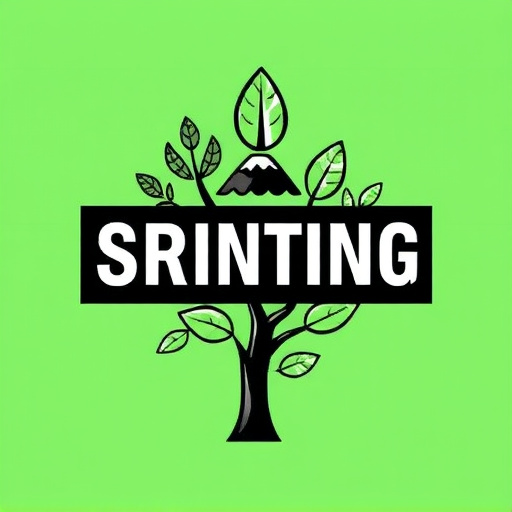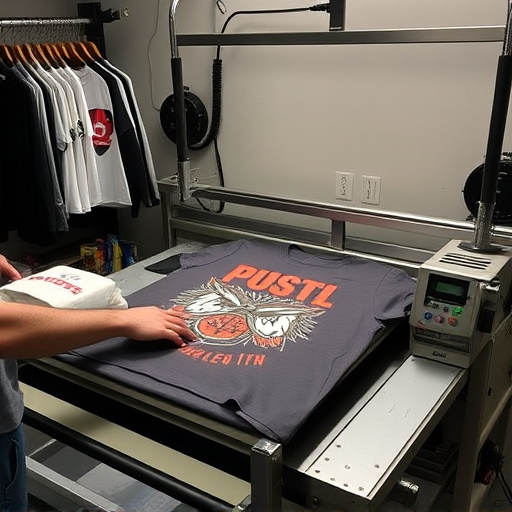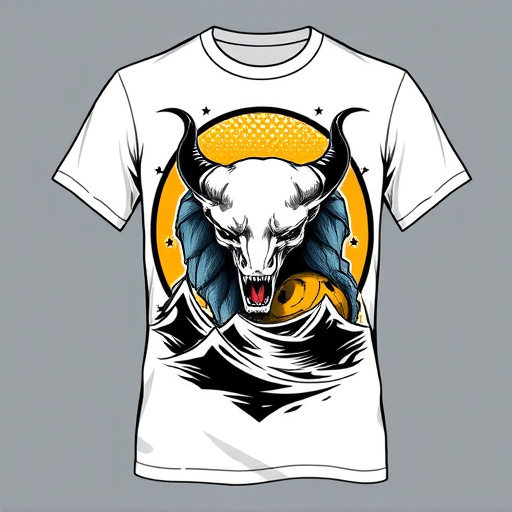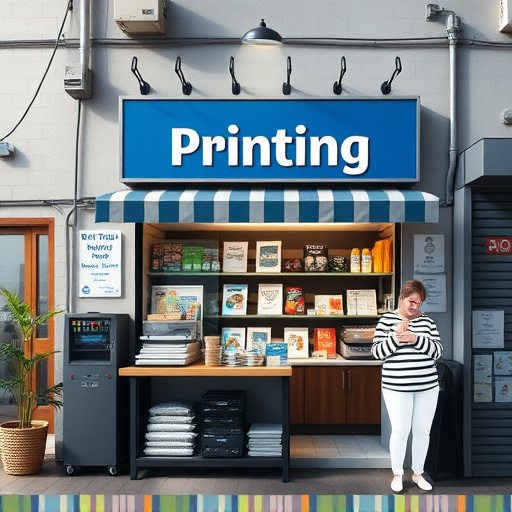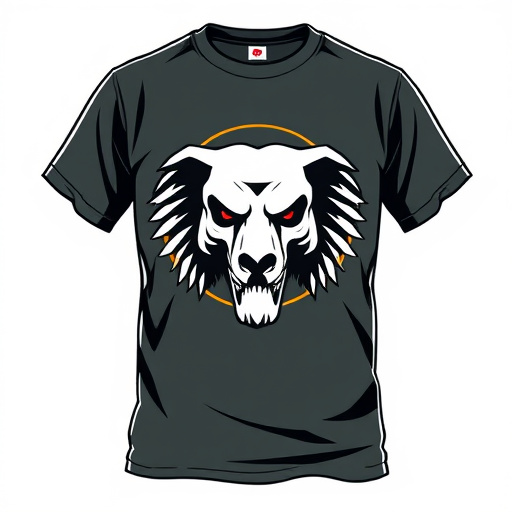The DTF Industry Growth is propelled by regulatory frameworks that prioritize sustainability and consumer safety. Environmental and quality standards, enforced by bodies like the EPA and REACH, drive innovation towards eco-friendly printing methods on dark fabrics. Trade associations promote best practices and educate consumers, while global and local regulations shape production, labeling, and waste management strategies. These factors collectively influence the expansion of DTG technology, fostering trust globally while enabling localized specialization for enhanced regional appeal.
The dynamic landscape of Data, Technology, and Furniture (DTF) industries is intricately woven with regulatory threads that significantly shape their global growth patterns. This article delves into the multifaceted regulatory landscape, exploring how key bodies worldwide influence industry trends. We dissect the contrasting impacts of global and local regulations and trace changes over time. Furthermore, we analyze direct regulatory impacts on DTF growth, from environmental and safety standards to data privacy laws. Looking ahead, we scrutinize emerging technologies’ role in shaping future regulations, international collaborations, and predictions for industry growth based on regional shifts.
- Regulatory Landscape Shaping DTF Industry
- – Overview of key regulatory bodies and their roles
- – Global vs local regulations: impact on industry growth
Regulatory Landscape Shaping DTF Industry

The regulatory landscape plays a pivotal role in shaping the growth patterns of the DTF (Direct to Fabric) industry. These regulations, often designed to ensure product safety and environmental sustainability, directly impact how DTF printing for dark fabrics is conducted and perceived by clothing brands. For instance, restrictions on certain chemicals used in dtf printing can drive innovation towards eco-friendly heat press alternatives. This shift not only complies with regulatory requirements but also resonates with consumer preferences for sustainable products.
Moreover, guidelines on labeling and packaging, along with regulations regarding the disposal of waste generated during heat press processes, influence the operational strategies of DTF industry players. Clothing brands that prioritize ethical practices find opportunities in these regulations to differentiate themselves by adopting responsible manufacturing methods. As a result, the DTF Industry Growth is not merely about technological advancements or market trends but also closely tied to regulatory frameworks that foster sustainable and compliant production of branded apparel.
– Overview of key regulatory bodies and their roles

The growth patterns of the Direct to Garment (DTF) industry are significantly shaped by various regulatory bodies across different regions. In many countries, key regulatory entities oversee the production and sale of printing materials, ensuring safety standards for both manufacturers and consumers. These bodies often dictate the allowed chemicals in inks, set guidelines for environmental impact, and enforce quality control measures in dtf printing for t-shirts. For instance, in the United States, the Environmental Protection Agency (EPA) plays a crucial role in regulating the use of certain hazardous substances in printing inks, while in Europe, REACH (Registration, Evaluation, Authorization, and Restriction of Chemicals) standards guide material safety.
Additionally, trade associations and industry-specific regulatory bodies contribute to shaping the DTF industry’s landscape. They set best practices for dtf printer operations, promote fair competition among businesses, and advocate for favorable policies that stimulate growth. These entities also play a vital role in educating consumers about the benefits of DTG technology, fostering demand, and ultimately driving the industry’s expansion.
– Global vs local regulations: impact on industry growth

The dynamics of global versus local regulations play a pivotal role in shaping the DTF Industry Growth patterns worldwide. While international standards and guidelines provide a framework for consistent quality control, they can sometimes hinder rapid innovation that localized rules allow. This dichotomy presents both opportunities and challenges for manufacturers and businesses operating within the Direct-to-Film (DTF) industry.
On one hand, stringent global regulations ensure consumer safety and product quality, fostering trust in DTF transfer sheets like direct to film personalized hoodies and dtf transfer film. Stringent standards can drive industry growth by encouraging best practices and technological advancements. Conversely, local regulatory environments often cater to specific market demands, enabling faster adoption of novel printing techniques and materials. This diversity in regulations allows for regional specialization, catering to unique fashion trends and consumer preferences, thereby enhancing DTF transfer film’s global reach and appeal.
The dynamic nature of the DTF (Direct-to-Consumer) industry is closely intertwined with regulatory landscapes that significantly shape its global growth patterns. Understanding the roles of key regulatory bodies and the interplay between global and local regulations is paramount for businesses aiming to navigate this evolving market successfully. By staying abreast of these factors, companies can capitalize on opportunities and adapt strategies to thrive in a competitive yet regulated environment, ultimately contributing to the continued advancement of DTF Industry Growth.









